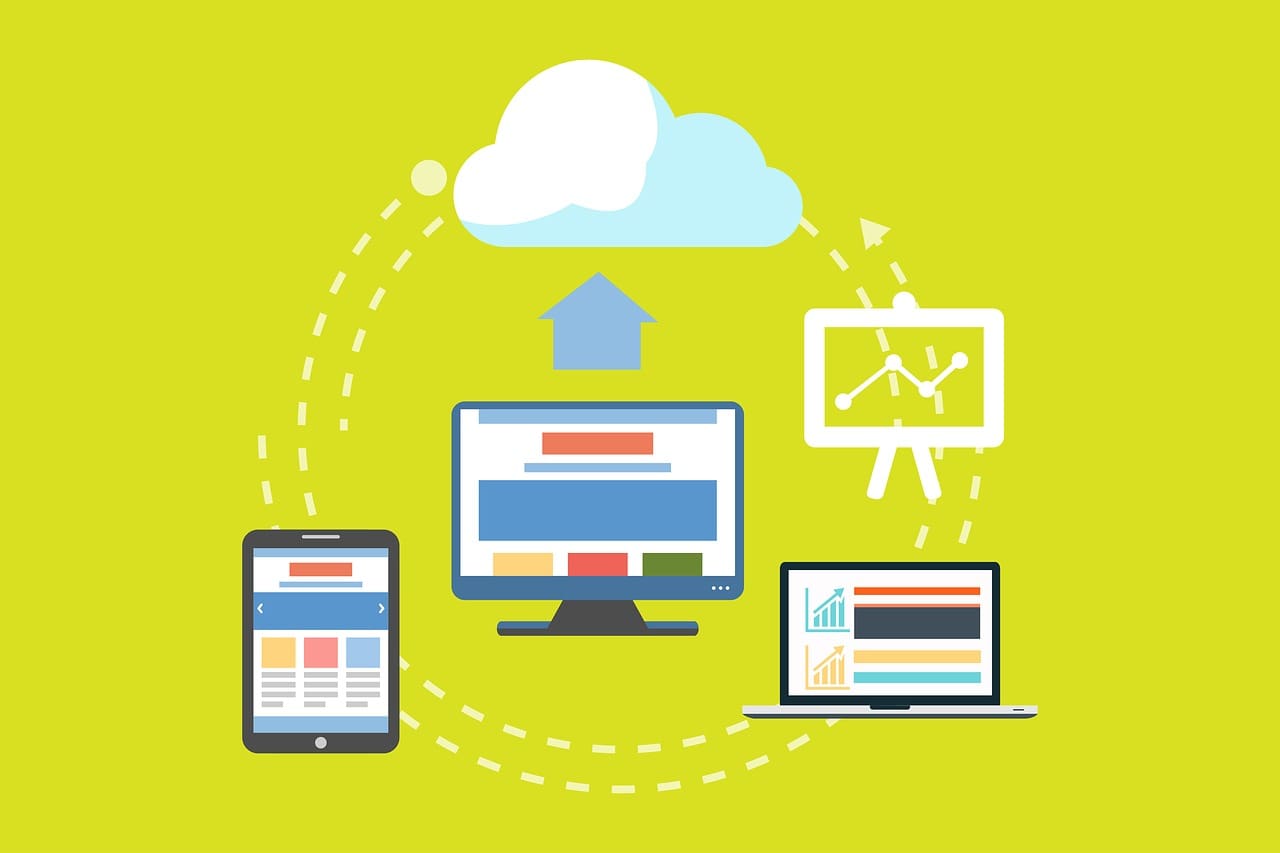
Traditionally, businesses have been offered two options: PaaS (Platform as service) and IaaS (Infrastructure as a service). They vary significantly in what they give developers, so it is essential to know the variations between these two strategies.
Platform as service
PaaS offers a more in-depth approach to the affordable application deployment requirement of today’s developers. PaaS, or solution stack, offers the needed software framework and hardware architecture required to put an application into service, without the need to own, maintain and manage all the needed resources.
Experts at BedRock IT explain that the developer is responsible for operating the system, data storing, maintaining, helper applications and upgrading. In comparison to IaaS, PaaS provides total solutions for the design, development, testing, and deployment of the client’s application coupled with the connectivity of team members, customer web service, version control, software configuration management and integration of databases.
Infrastructure as a service
IaaS, compared to PaaS, offers equipment for hardware, networking, operations and data storage using the internet, to ensure that the subscriber will not be faced with purchase costs and location.
The service provider of these computing solutions has just the duties of housing all the devices and maintaining the hardware running. In exchange, the client pays strictly for using the hardware related services or hardware, which have been accessed. This type of solution gives the client the chance to get network/server resources immediately without occupying any space.
PaaS versus IaaS
Although the differences between platform as a service and infrastructure as a service are very clear, there are benefits that weigh in support of each one of them, based on the needs of the client. Given that the IT market today is heading towards a self-reliance future of computing (meaning that increasingly more complete solutions are being offered by service providers), the tendency is to incline towards PaaS kind of services.
Both PaaS Offer and IaaS Offer:
Multi-tenant functionality: PaaS usually consists of workflow capabilities, which take some of the checks out of the hands of the team, while IaaS lets teams develop these themselves.
Elastic growth: Since the service organization offers servers, databases, and networks, users can decrease or increase their utility requirements depending on existing demands; instead of getting lots of space and expecting they will fill it someday. Most of these changes can also take place fast and with minimal disruption from developers.
Create flexibility: Though the IT knowledge and attention needed for both of these options differ, they both offer flexible platforms in which teams can select the main components they require in their outsourced support.
What they do not Share
Security: Platform as a service allows your team implement or create third-party security onto the infrastructure you’ve purchased. While many organizations won’t require added security above what is given by the PaaS, businesses in highly regulated fields such as medical, financial, government, or legal might want to consider how IaaS can improve compliance.
Databases: Infrastructure as a service provides teams with the choice and flexibility to select their own databases for individual customer data, high-security data, or proprietary code storage. High-compliance industries can also benefit from this feature.


